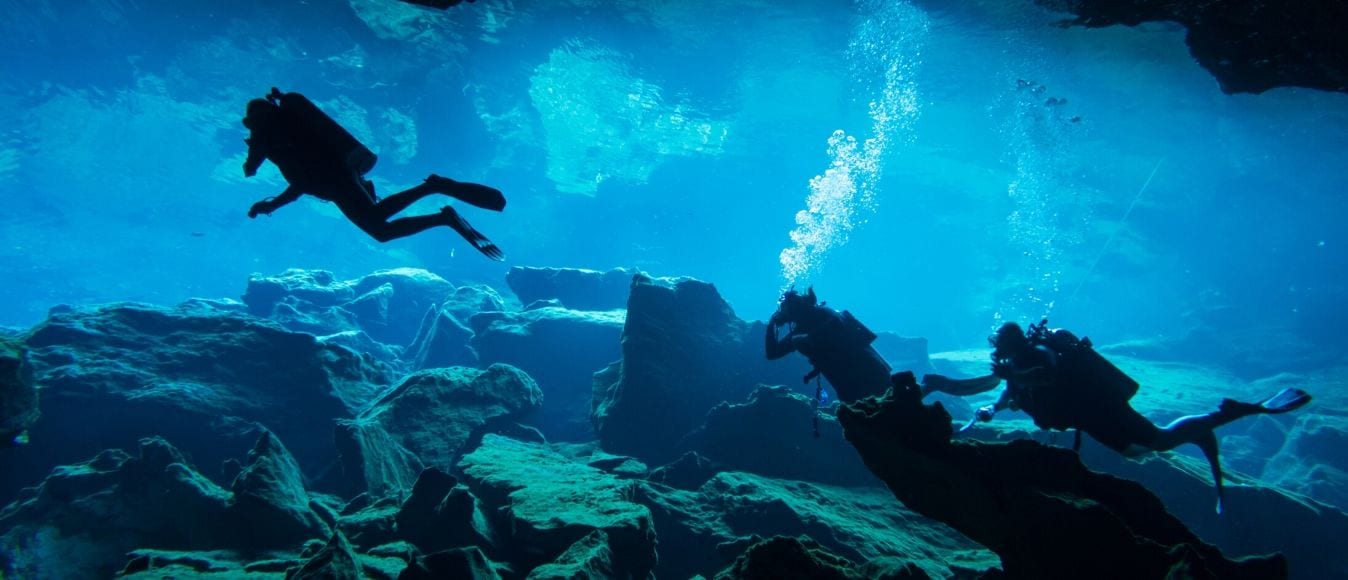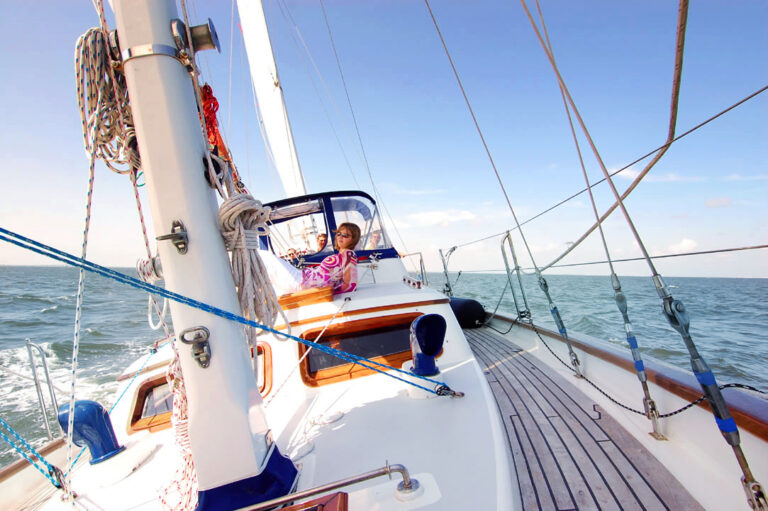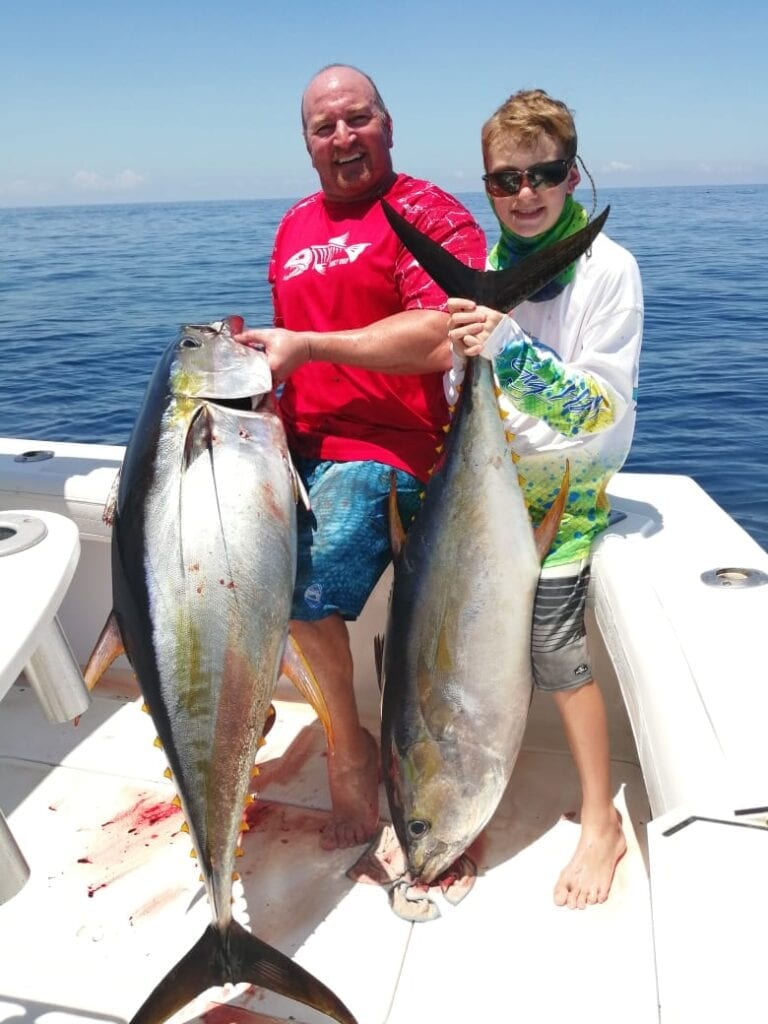The Different Types of Scuba Diving
Out of envy for fish and their ability to endlessly explore the beautiful and vibrant world beneath the surface, scuba diving was born. Scuba diving is a popular activity among ocean enthusiasts, daredevils, and those simply looking for a fun way to spend their vacation. Now an extremely popular activity, many different forms of scuba diving have emerged to suit the varying interests of divers. If you want to expand your diving portfolio, consider trying out some of these different types of scuba diving.
Open water diving
Unlike many of the other types of dives on this list, all certified scuba divers can go open water diving. As such, it is one of the most popular forms of scuba diving, especially among beginner divers. An open water dive refers to scuba diving in an expansive body of water away from the shore or any obstructions. When embarking on an open water diving excursion, a boat will typically transport the diver far out into an ocean or lake where they can jump in and begin their journey. During open water dives, the maximum depth that one should reach is 18 meters or around 59 feet. Anything further is a deep dive.
Deep diving
Deep diving provides adventurous divers with the opportunity to explore exciting new areas and expand their scuba diving abilities. Deep diving refers to dives that exceed 18 meters or around 59 feet. As a recreational diver, the Recreational Scuba Training Council Association recommends a depth limit of 40 meters; however, limits will vary depending on location. As one dives deeper, several risk factors emerge and increase. Risk factors associated with deep dives include Nitrogen Narcosis, decompression sickness (the bends), arterial air embolism, and drowning. As such, professionals do not recommend deep diving for inexperienced divers—one should never attempt to deep dive outside of their skillset.
Drift diving
Drift diving refers to a type of dive where the water’s tide or current transports the diver to a different location than where they began their dive. Essentially, drift diving is simply the act of going with the flow. Drift diving offers several different benefits. This includes the opportunity to cover a large underwater area, the ability to see a greater abundance of marine life, and the potential to see larger marine life which typically swims along stronger currents. Plus, drift diving allows you to expend much less energy and effort than you would by having to swim rather than simply glide along with the motion of the ocean. Those looking to see large fish and stunning landscapes will especially enjoy drift diving. If you prefer to marvel at smaller creatures and thoroughly explore areas, you may prefer to dive in areas with weaker currents.
Wall dive
Wall diving refers to diving along a vertical reef or cliff face. Underwater walls typically drop off into deep depths, so wall diving will often involve a deep dive. To have a successful wall dive, strong depth and buoyancy control is essential to avoid dropping too deep. Further, there isn’t a visible sea bed to help indicate your depth. As such, it can be easy to descend too deep without realizing—especially because walls typically have strong upward and downward currents. Due to the unique challenges that wall diving brings, typically only more experienced divers will attempt this feat.
Night diving
When the sun goes down, certain types of flora and fauna come alive and nocturnal marine life comes out of hiding. This allows you to experience the ocean in a whole new light. Even if you dive at a site several times during the day, exploring it at night is sure to make it feel like an entirely new world. If you’re lucky, you may even get the opportunity to witness the stunning natural phenomenon of bioluminescence where organisms emit beautiful glowing lights. To help you safely navigate through the mysterious underwater landscapes at night, just make sure to bring a bright underwater torch. The main risk associated with night diving is an increased potential for disorientation due to the dark surroundings. As such, impeccable spatial awareness and buoyancy are essential.
Wreck diving
Exploring the remains of a ship or aircraft wreck is strangely appealing and fascinating for many people. As such, wreck diving is a highly popular type of scuba diving. Numerous wrecks exist in nearly every large body of water. Such wrecks attract flocks of interested scuba divers and history buffs looking to get a glimpse of the past. In addition to fallen structures, a range of interesting marine life often inhabit wrecks and make it their home. You never know what you’ll find slithering through the wreckage. When exploring shipwrecks, it’s important not to alter the site or take any artifacts from the area. Not only does this disrupt the historical site but doing so is an illegal act in most countries that is punishable by extensive jail time and fines.
Ice diving
For those unbothered by the cold, ice diving can be an incredibly stunning and unique experience. Ice diving involves diving beneath a frozen surface in a lake or ocean. Often, divers will have to break the ice to get beneath the surface. As such, there is typically only one enter and exit point. Due to the cold temperatures and enclosed environment, it is important to be aware of risks such as hypothermia, equipment failure due to freezing, and the potential of getting lost beneath the ice. While ice diving requires a high level of skill and specialized equipment, those who brave the cold reap the reward of unique views and scenery that only ice diving can provide. For example, icy water takes on a different color and often offers more visibility than water with higher temperatures because algae are unable to grow. Plus, you may encounter marine life that exclusively lives in icy climates.
Cala Mia Island Resort offers an impressive array of scuba diving opportunities in some of Central America’s most breathtaking dive sites. We host diving tours in sites such as Isla Secas, Coiba Island, and Isla Ladrones—each features diverse wildlife and incredible ancient reefs to explore. For more information regarding our Coiba Island diving tours, contact us today.








